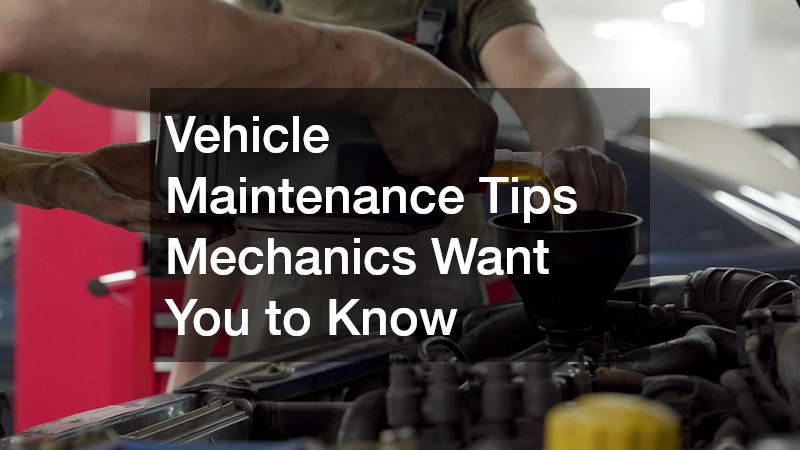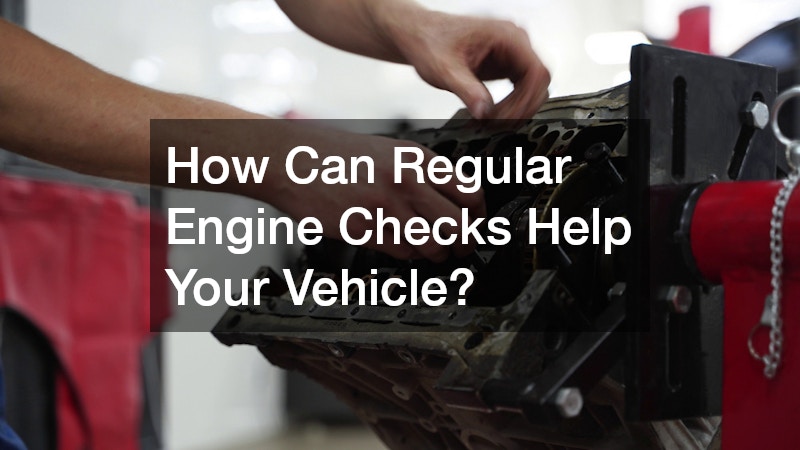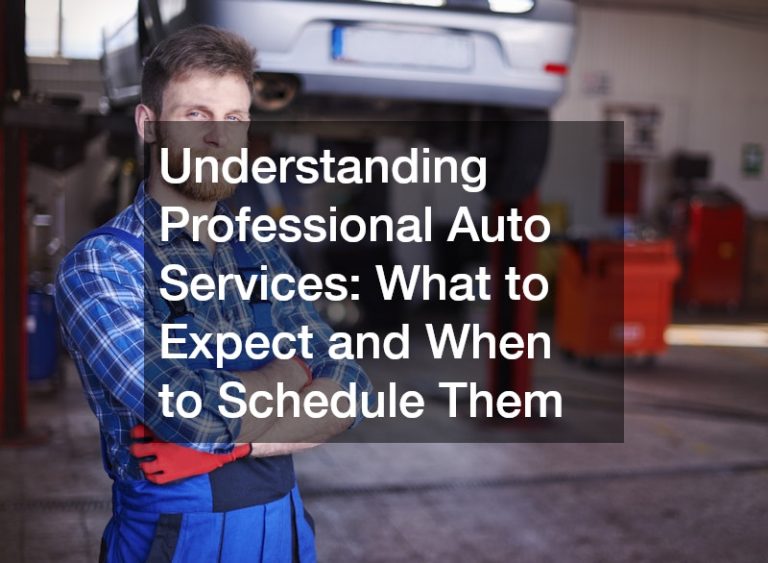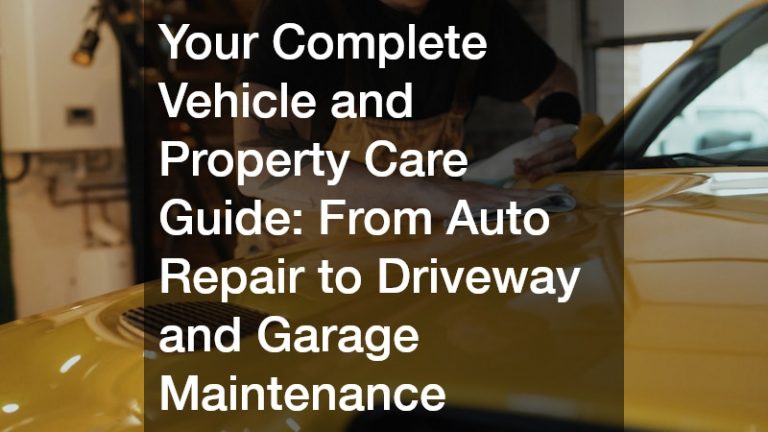

Learn essential vehicle maintenance tips from mechanics that can prolong the life of your car and ensure optimal performance. Regular maintenance is key to preventing costly repairs and enhancing your vehicle’s reliability on the road.
How Often Should You Change Your Oil?
Conventional vs. Synthetic Oil
Conventional oil typically requires changes every 3,000 to 5,000 miles, whereas synthetic oil can last anywhere from 7,500 to 10,000 miles. Synthetic oil offers superior lubrication and better performance in extreme temperatures compared to conventional oil.
While synthetic oil is more expensive, its extended lifespan may be cost-effective over time. Consider the driving conditions and habits, as frequent short trips and long highway drives can also affect oil change frequency.
Consult your vehicle’s manual or a trusted mechanic to determine the best oil type for your specific car model. Factors like engine type and age of the vehicle can influence whether synthetic or conventional oil should be used.
Signs It’s Time for an Oil Change
Dark, dirty oil or the presence of metal particles when checking the dipstick indicates it may be time for an oil change. An illuminated oil change light or engine warning light also signals the need to schedule a replacement soon.
If your engine is running louder than usual or you notice a decreased performance in acceleration, it could be due to old, ineffective oil. Consistency in following oil change intervals ensures that your engine is well-lubricated and operating efficiently.
Monitor your vehicle’s oil levels regularly to prevent unforeseen engine problems. Proper oil maintenance can drastically reduce the risk of engine wear and extend the car’s overall lifespan.
What is the Importance of Tire Maintenance?
Rotating and Balancing Tires
Regularly rotating and balancing tires helps ensure even wear, which extends the lifespan of your tires. A well-balanced tire rotation schedule also enhances vehicle handling and safety, particularly in adverse weather conditions.
Most mechanics recommend rotating your tires every 6,000 to 8,000 miles or during your regular oil change schedule. This practice helps maintain proper alignment and improves fuel efficiency, contributing to a smoother ride.
Failure to rotate and balance tires can lead to uneven tread wear, resulting in premature tire replacement. Keep a record of your tire maintenance to optimize performance and safety on the road.
Checking Tire Pressure and Tread
Maintaining the correct tire pressure is crucial for safety, fuel efficiency, and tire longevity. Under-inflated tires can cause overheating and increase the chances of a blowout, while over-inflated tires can deliver a harsher ride.
Use a tread depth gauge to measure the remaining tread on your tires, ensuring they meet the legal safety limits. Adequate tread depth is essential for effective traction, especially on wet or icy roads.
Regular inspection and adjustment of tire pressure and tread prevent unnecessary wear and increase overall driving comfort. Ensuring optimal tire health contributes significantly to vehicle performance and passenger safety.
When Do You Need to Replace Your Brake Pads?
Common Signs of Worn Brake Pads
Squealing or grinding noises when applying the brakes are classic signs of worn brake pads that need immediate attention. In addition, if the brake pedal feels softer than usual or requires more force to engage, it’s a clear indicator that replacement might be necessary.
The presence of vibrations in the steering wheel or vehicle when braking can also suggest worn-out pads or rotors. Regular brake inspections ensure your vehicle is equipped to perform effectively during panic stops.
Understanding Brake Pad Material Types
Several types of brake pad materials, such as ceramic, semi-metallic, and organic, each offer unique performance characteristics. Ceramic pads provide superior braking performance and lower dust levels, whereas semi-metallic pads excel in heat dissipation.
Organic brake pads, typically made from a mixture of fibers and fillers, offer a quieter braking experience but might wear out faster. When selecting brake pads, consider your driving style and vehicle requirements to make an informed choice.
What are the Best Practices for Battery Maintenance?
Cleaning Battery Terminals
Cleansing your battery terminals regularly with a wire brush can prevent corrosion and ensure a strong electrical connection. Corroded terminals can weaken power transmission, leading to difficult vehicle starts or electrical failures.
Simple maintenance steps like using a baking soda and water mixture to clean terminals help to neutralize corrosive buildup. Regular cleaning can extend battery life and avert potential breakdowns when least expected.
Testing Battery Health
Evaluating your battery’s charge level and overall health with a voltmeter can reduce the risk of unexpected failures. A healthy car battery typically displays a charge level of around 12.6 volts when the engine is off.
Signs of a declining battery may include dim headlights, a slow engine crank, or needing frequent jump-starts. By regularly assessing your battery’s health, you can take corrective actions before experiencing a complete power loss.
How Can Regular Engine Checks Help Your Vehicle?
Identifying Strange Noises
Unusual engine noises like knocking, tapping, or squealing could signify underlying issues requiring prompt attention. Diagnosing and repairing such irregularities can prevent minor defects from evolving into serious mechanical problems.
Engines are complex systems where undetected noises often suggest part malfunction or lack of lubrication. Addressing these sounds quickly can help maintain engine efficiency and reduce the risk of costly repairs.
Monitoring Engine Fluid Levels
Regularly checking your engine oil, coolant, and other essential fluids ensures your engine operates smoothly and efficiently. Insufficient fluid levels can lead to overheating or increased friction, causing significant engine damage.
Each fluid in your vehicle plays a crucial role: engine oil lubricates moving parts, coolant maintains optimal temperature, and transmission fluid ensures smooth gear transitions. Keeping an eye on these components is vital for mechanical longevity.




